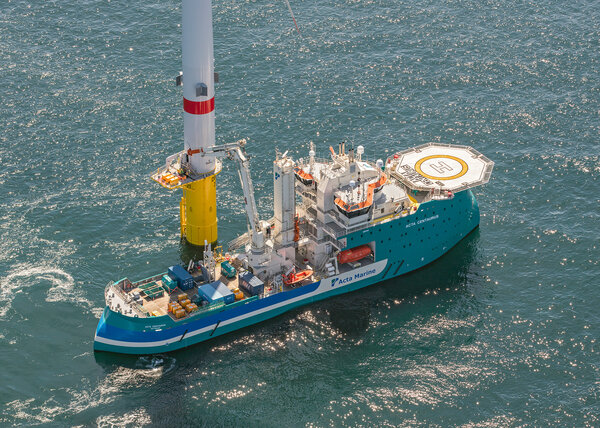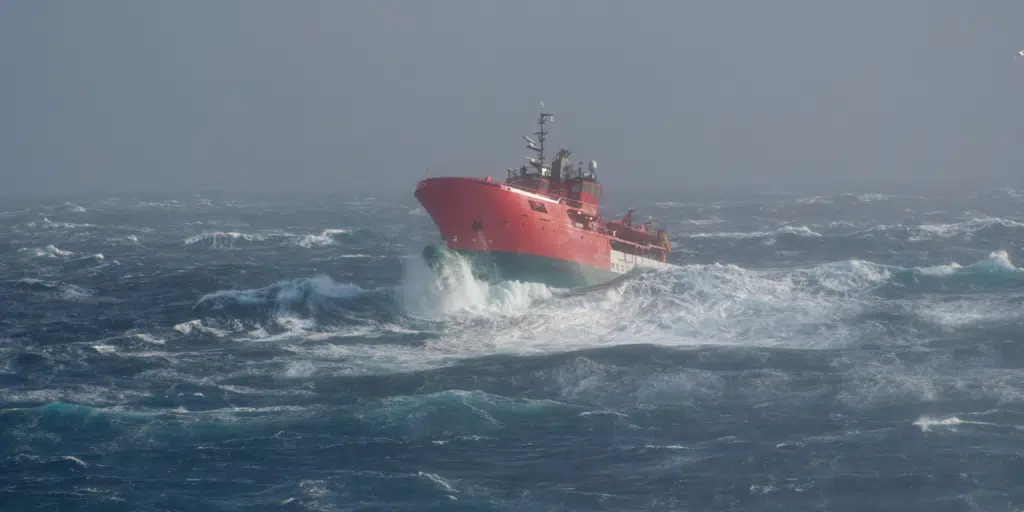





Weather downtime refers to the potential lost time due to weather which can be estimated, reducing risk and increasing the efficiency of operations. It is a major challenge for those working in the offshore sectors, presenting logistical and commercial risks.
Weather downtime can be estimated by analyzing historical weather data and comparing it with operational thresholds. This involves studying wind speeds, wave heights, and other meteorological conditions that could impact specific maritime activities. Advanced forecasting tools and statistical analysis help provide accurate estimations.
The growth in renewable energy and shipping sectors has increased the demand for accurate weather forecasting. These industries rely heavily on precise weather data for safe and efficient operations, making weather downtime estimation crucial for project planning and risk management.
Various offshore projects benefit from weather downtime estimation, including wind farm installations, marine construction, port operations, and vessel management. This estimation is particularly valuable for projects with weather-sensitive activities and tight schedules.
Estimating weather downtime helps optimize project planning, reduce operational risks, and improve cost management. It enables better resource allocation, enhances safety measures, and provides valuable insights for scheduling and budgeting decisions.